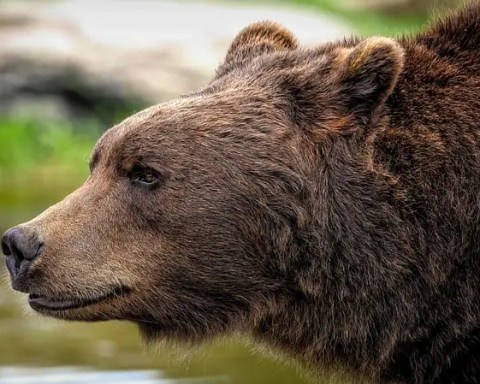Grizzlies are close cousins of polar bears. Although polar bears (Ursus maritimus) are believed to have evolved from grizzly bears (Ursus arctos
MorePolar bears have got quite many adaptations to survive in the Arctic. They can swim great distances; they can run pretty fast,
MorePolar bears have long been admired for their cuddly appearance particularly polar bear cubs which do not only look loveable they actually
MoreDid you know facts about polar bears? Perhaps not! Let me take to the Arctic where you get to know some of
MorePolar bears fascinate children of all ages much less first graders. They always do. That is why we have decided to come
MoreWe know that kids love to know about polar bears. They want to read polar bear books, watch animated movies in which
MorePolar bear (Ursus maritimus) is the largest carnivorous land mammal living today. The only other bear nearly the size of polar bear
MoreThe ultimate role of the Polar Bear as the most powerful predator of the sea Ice is what defines its importance in
MorePolar bears are generally voracious meat-eaters so much so that they show cannibalistic behavior at times. They become the predators of themselves.
MorePolar bears (Ursus maritmus) are the largest of the land carnivores. They are solitary predators. Unlike most other carnivores (such as wolves)
More


